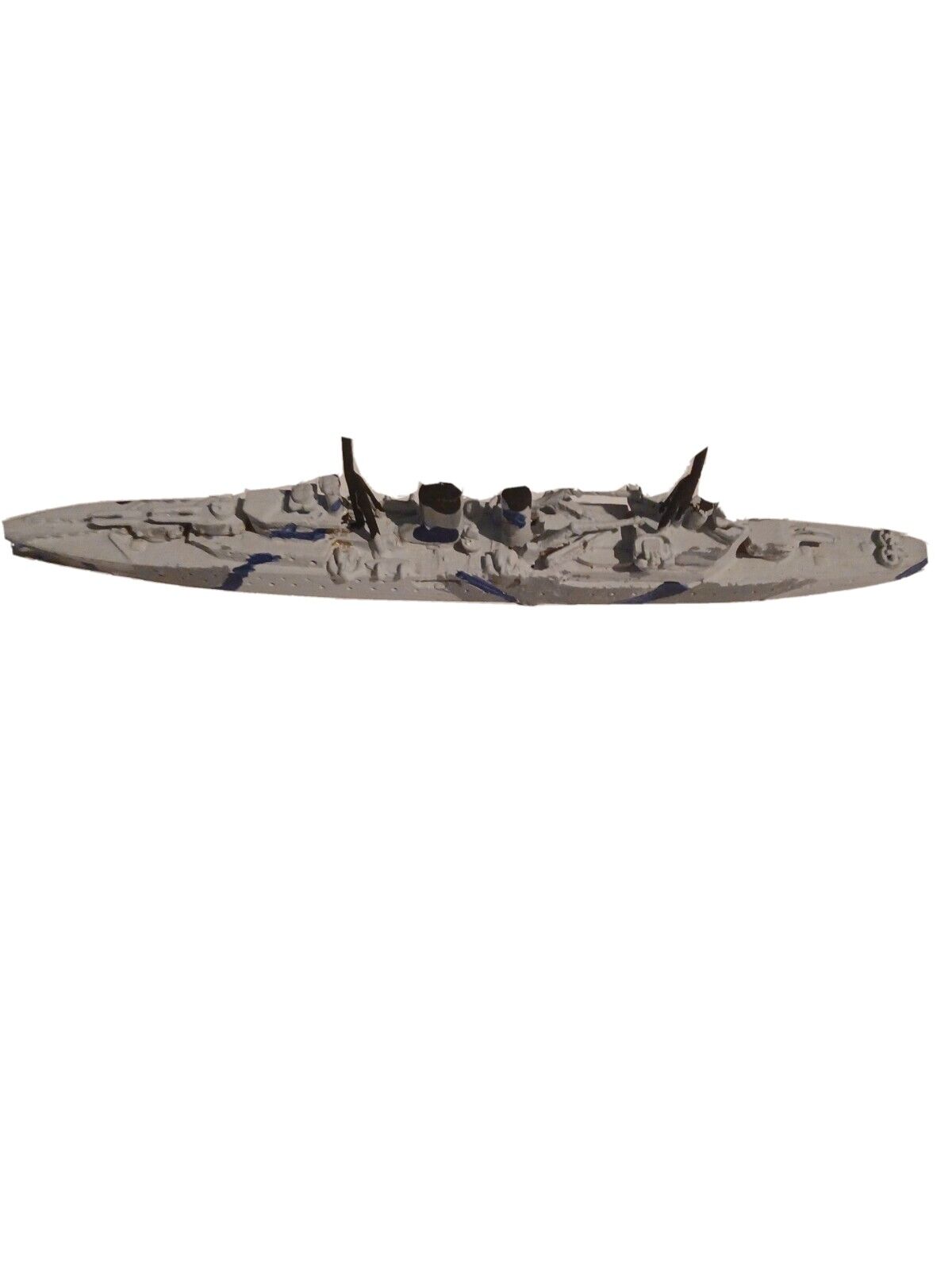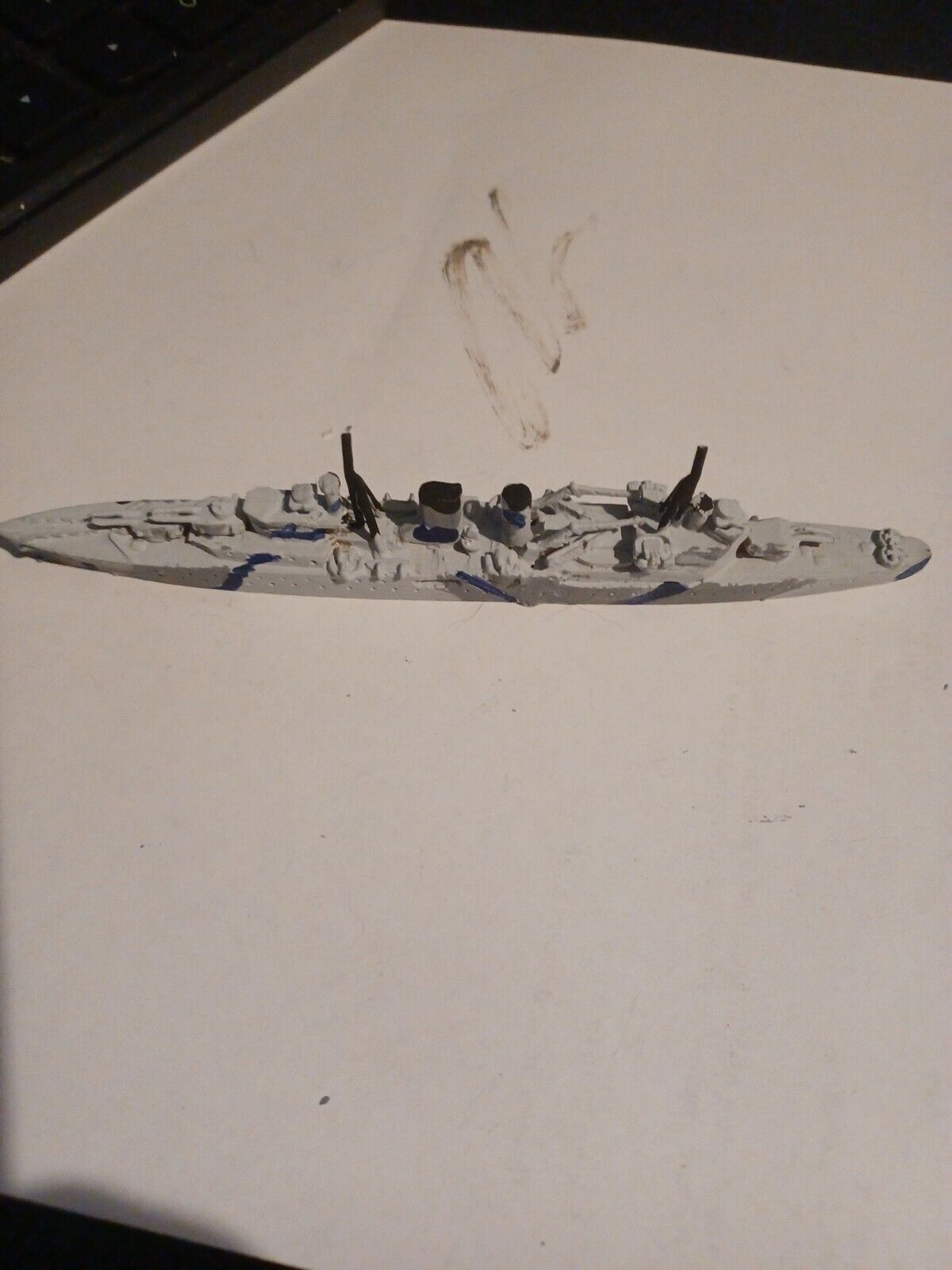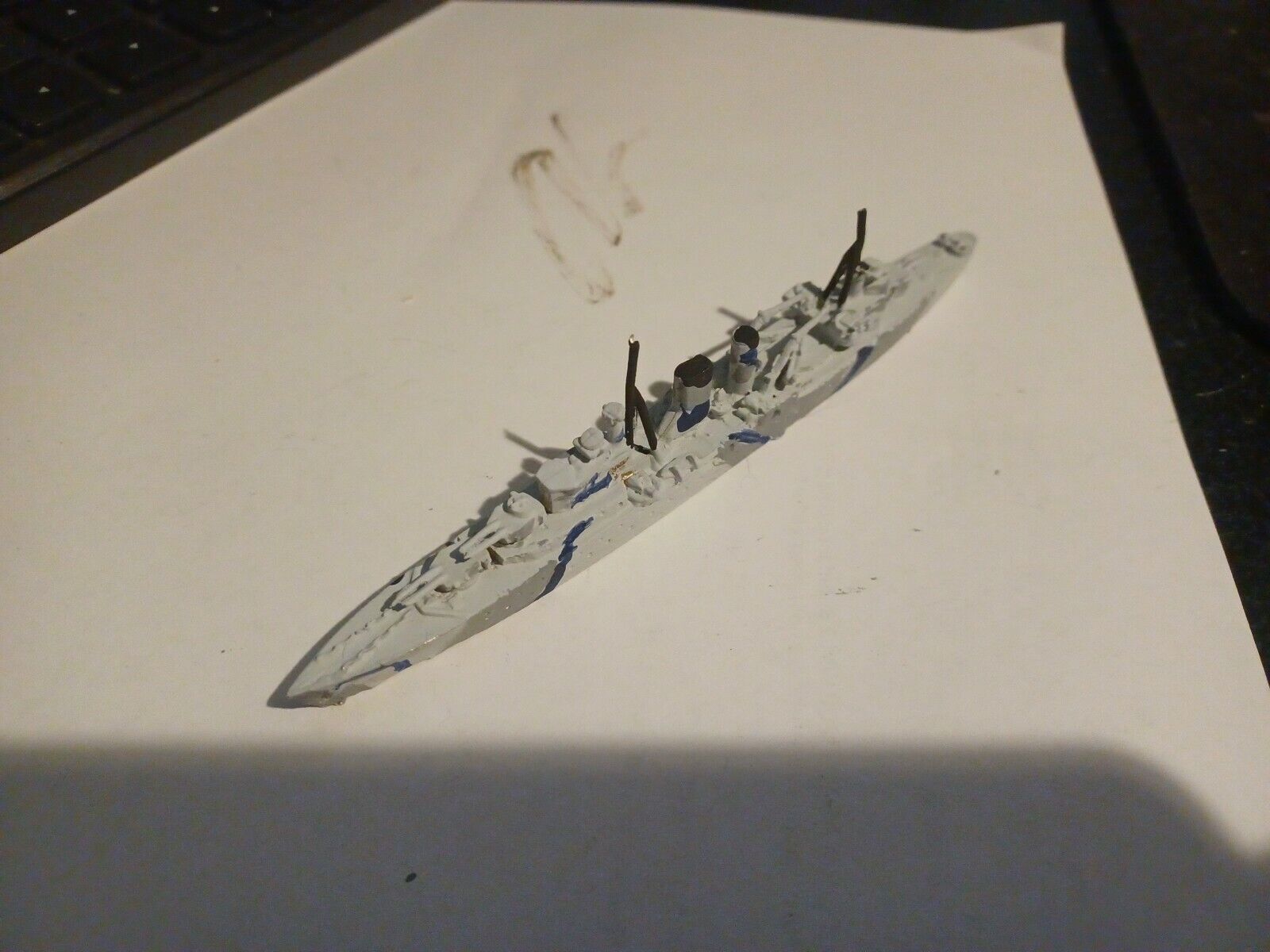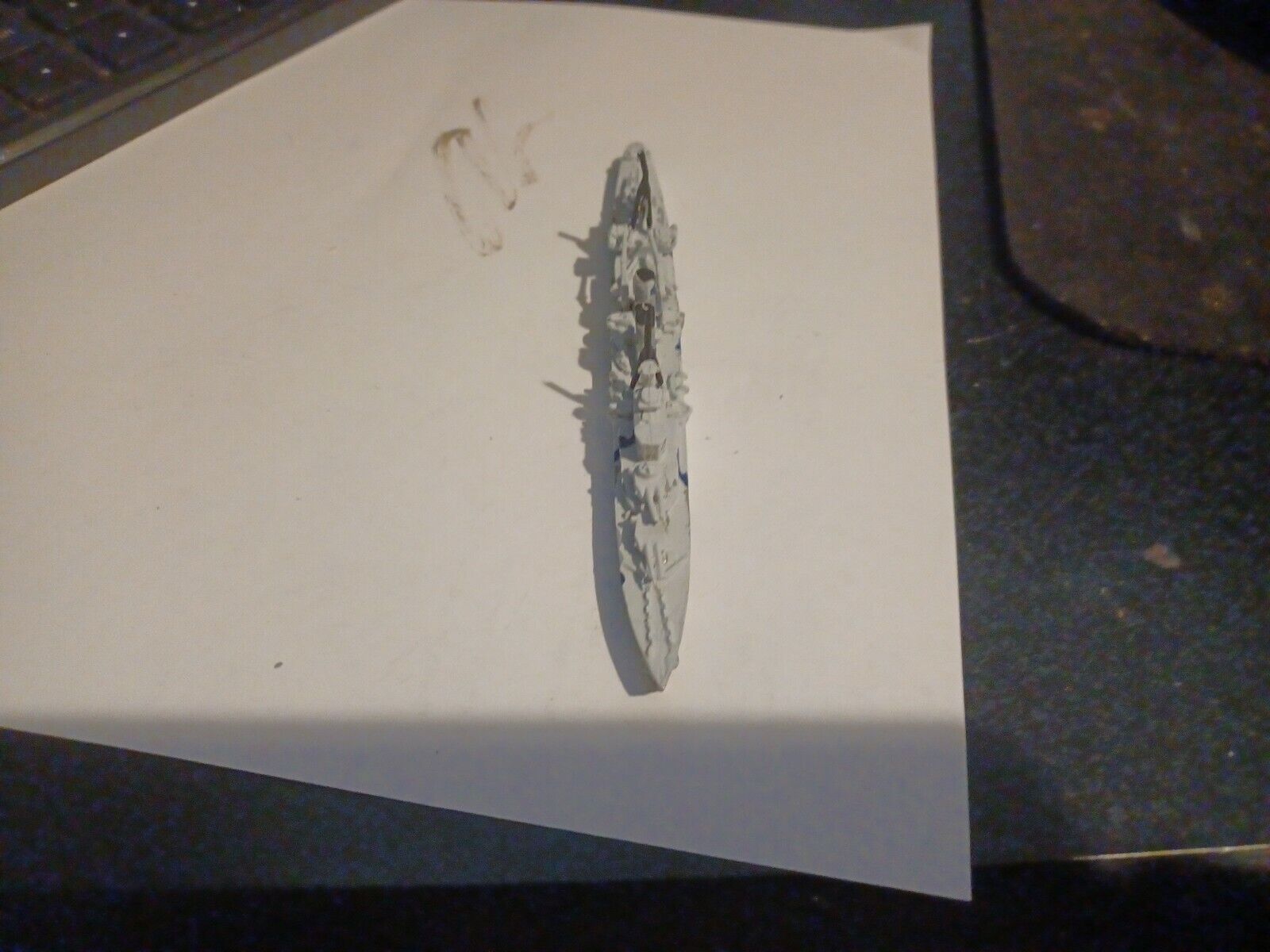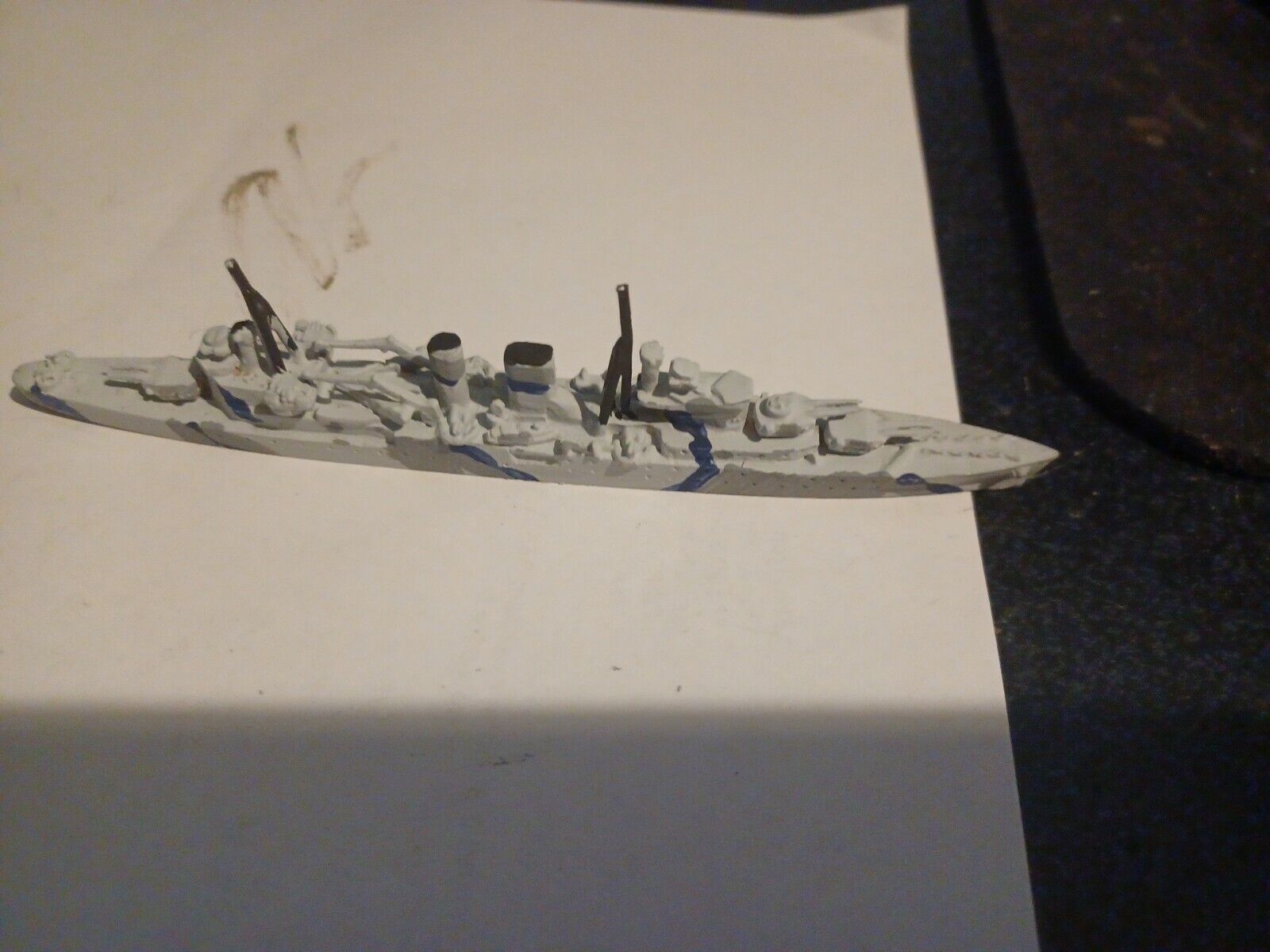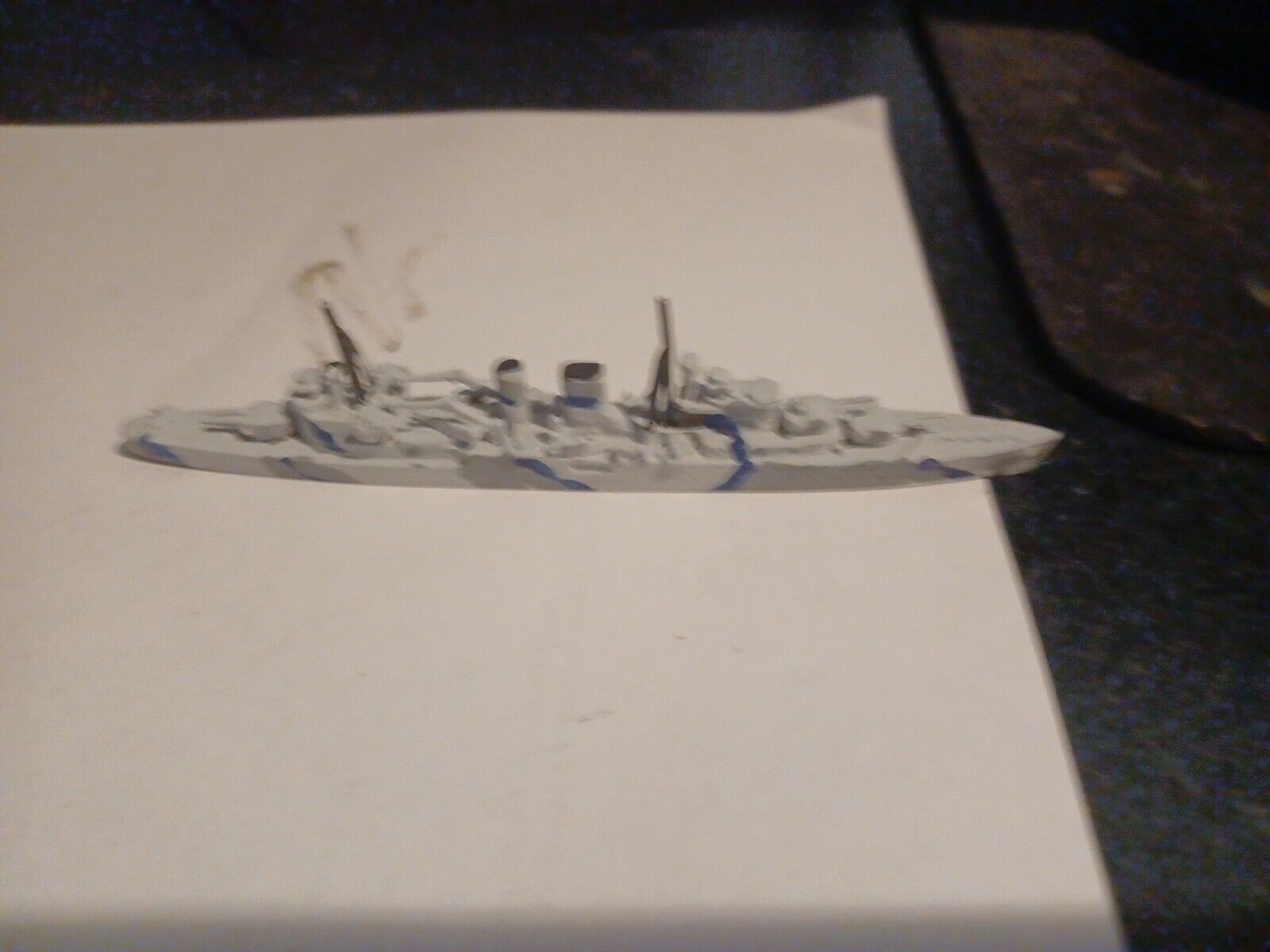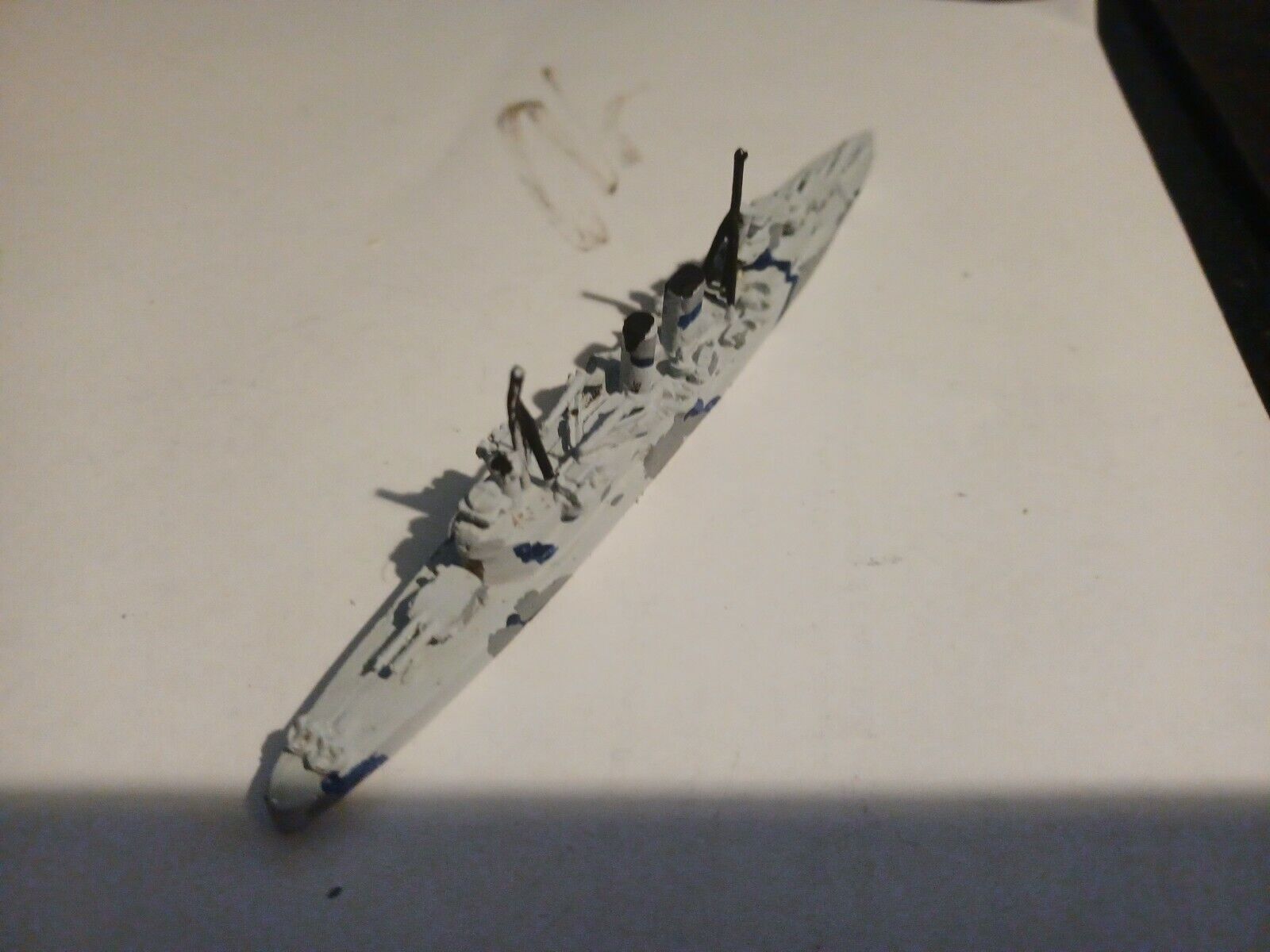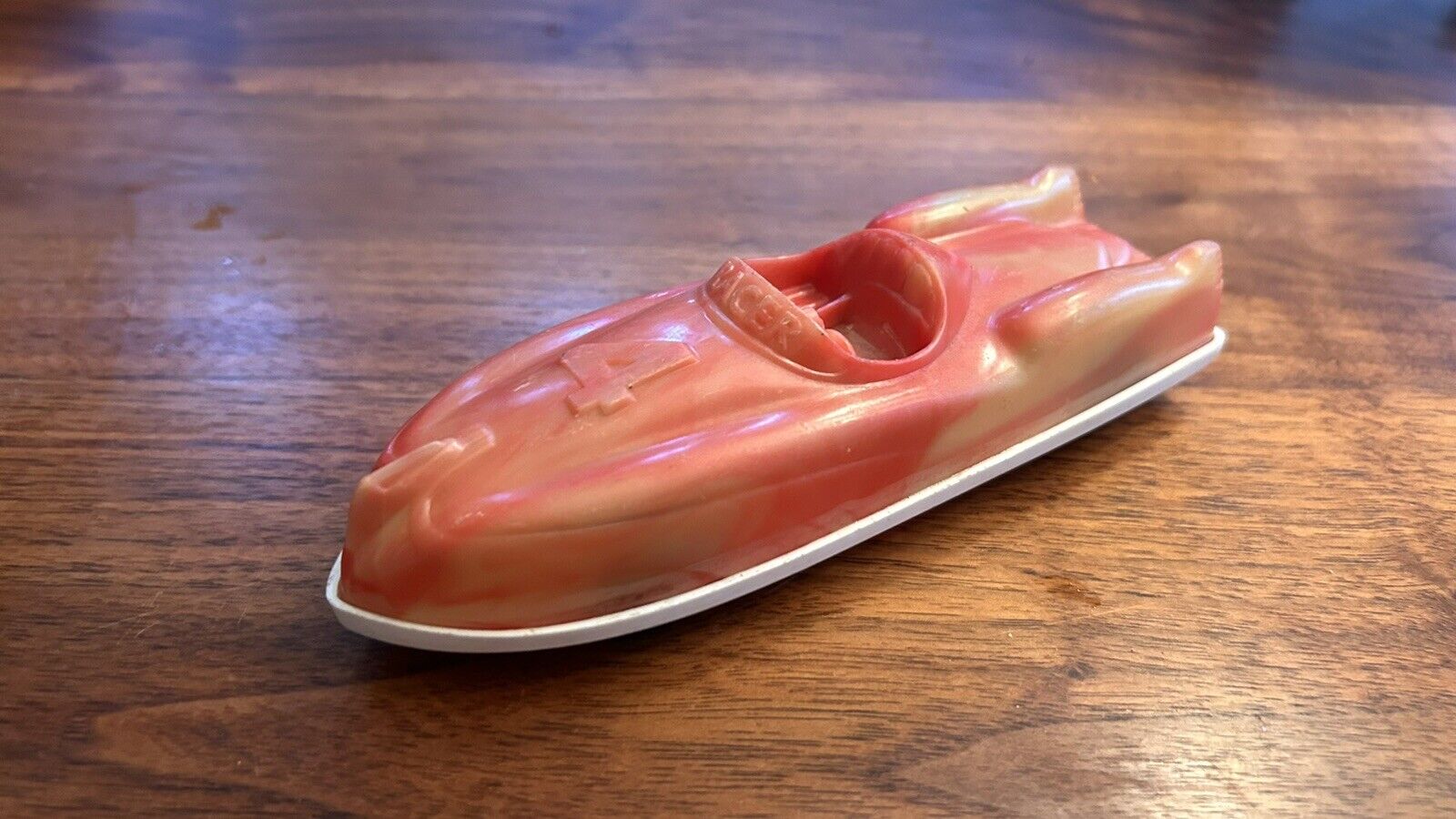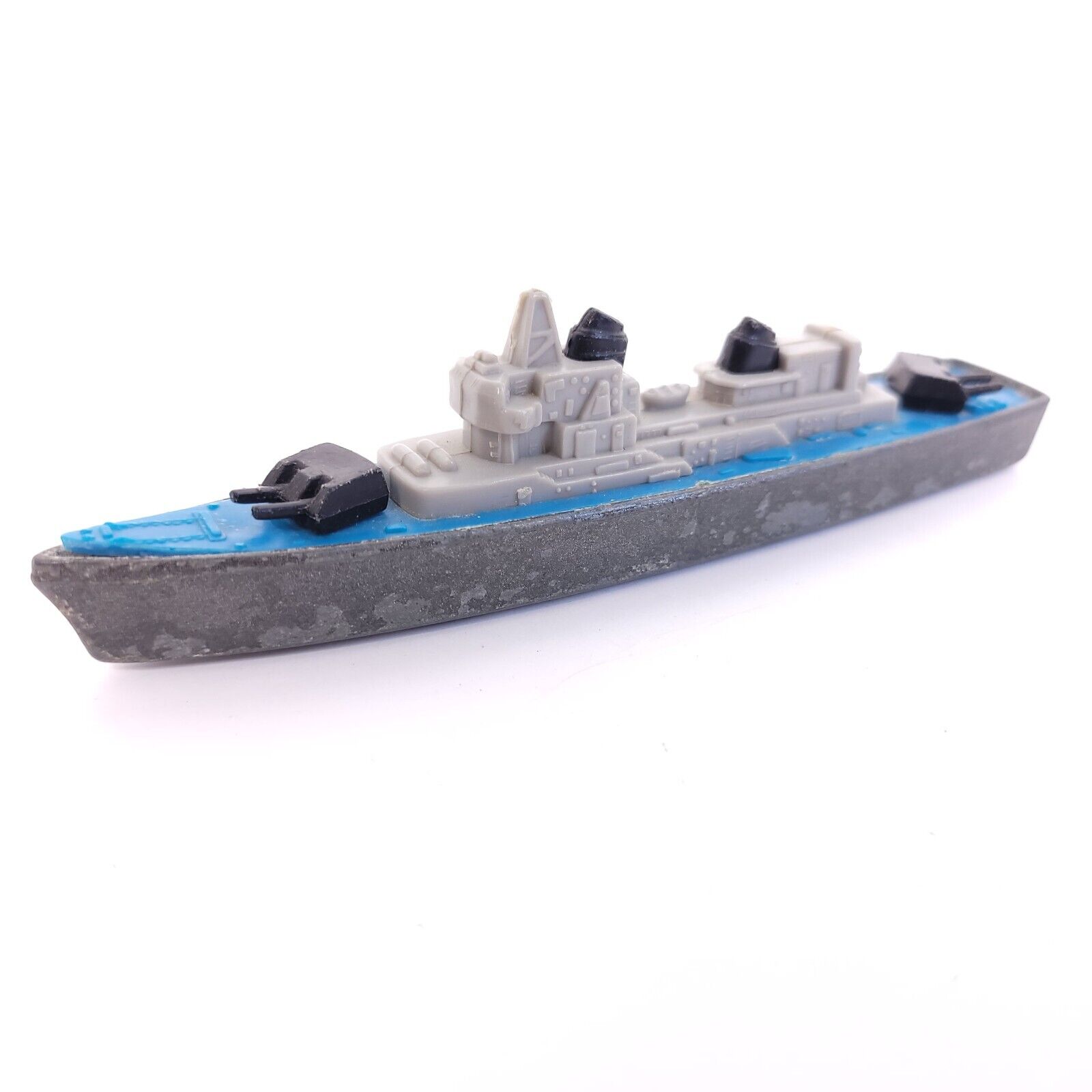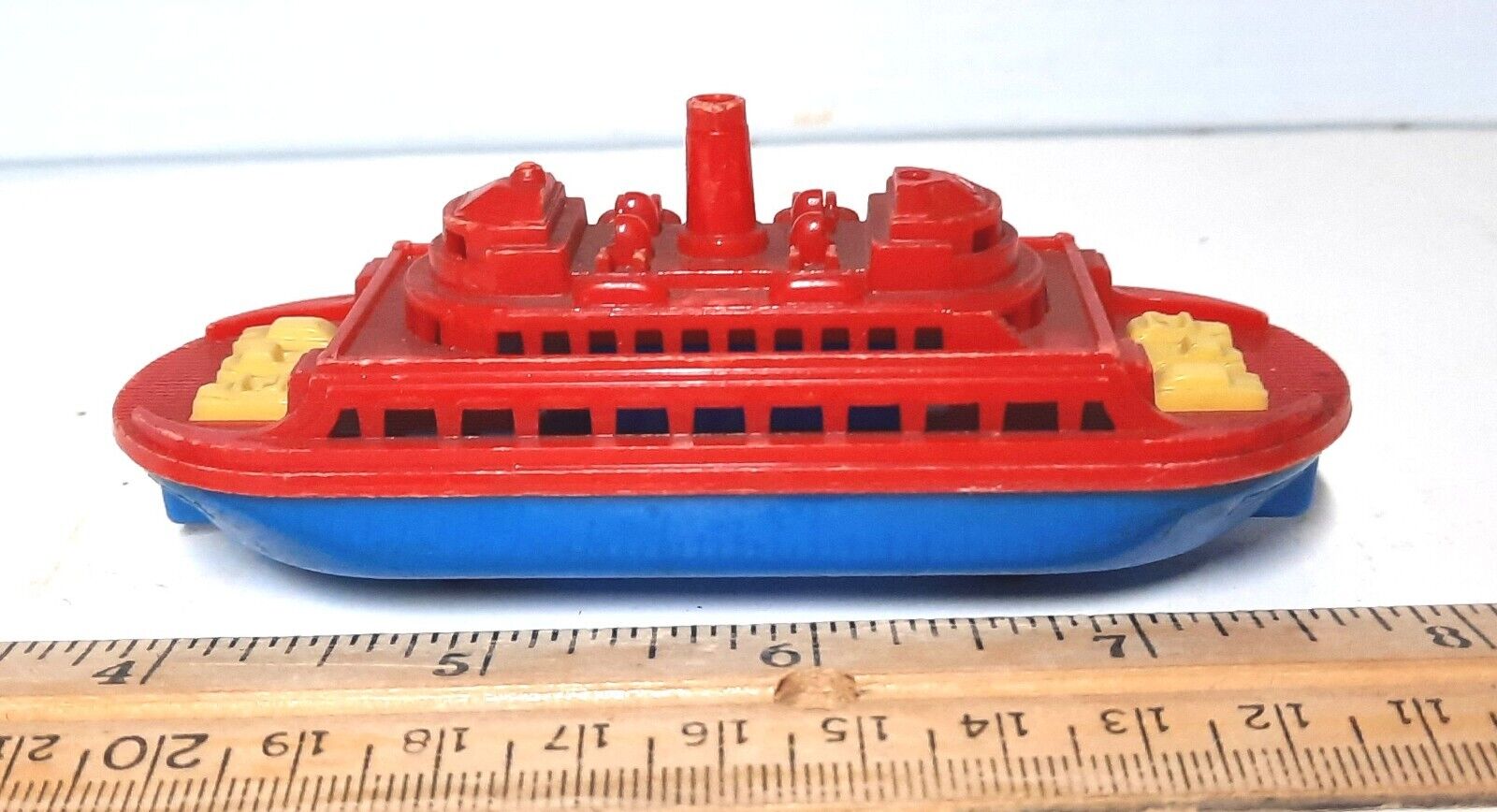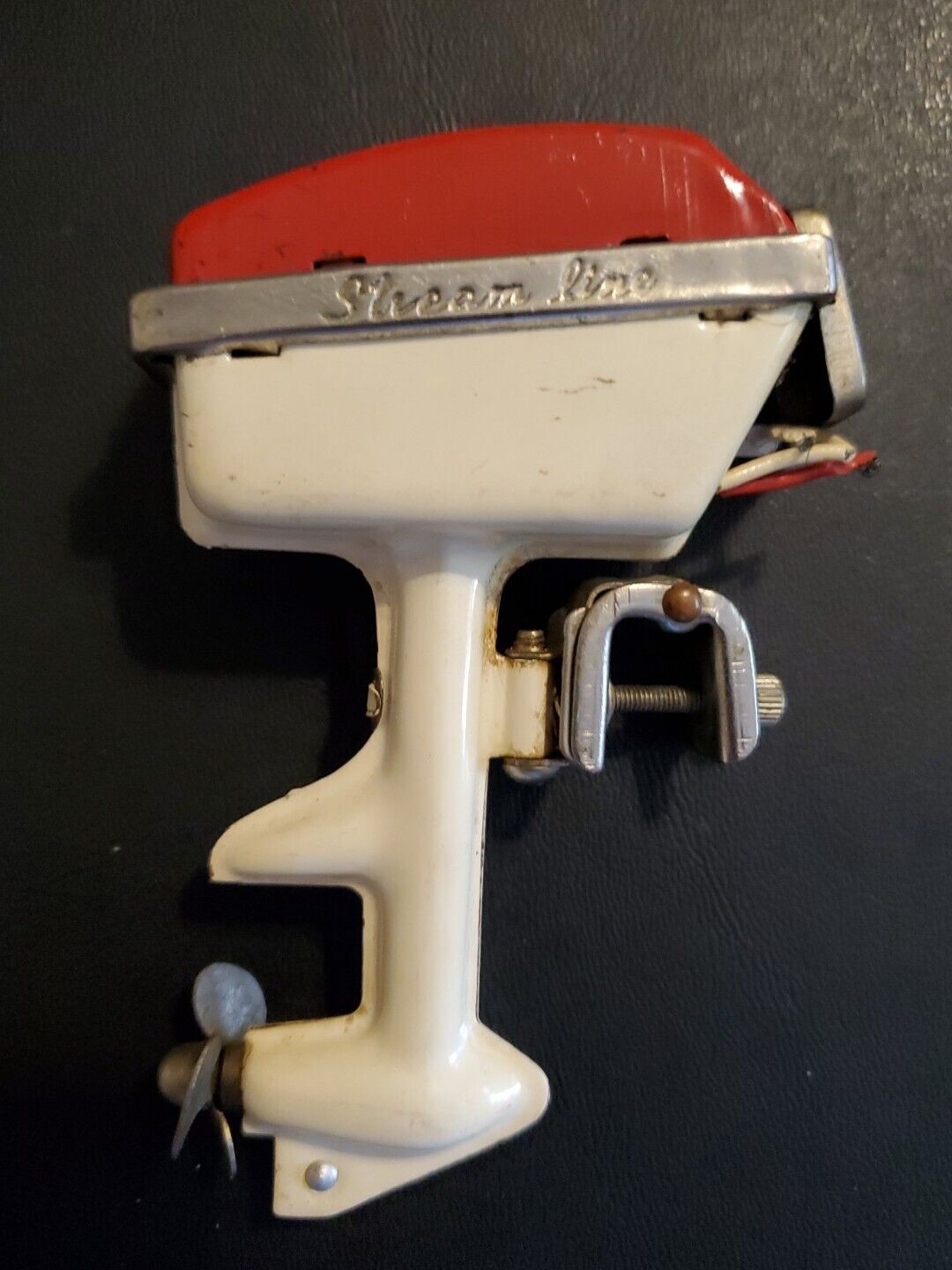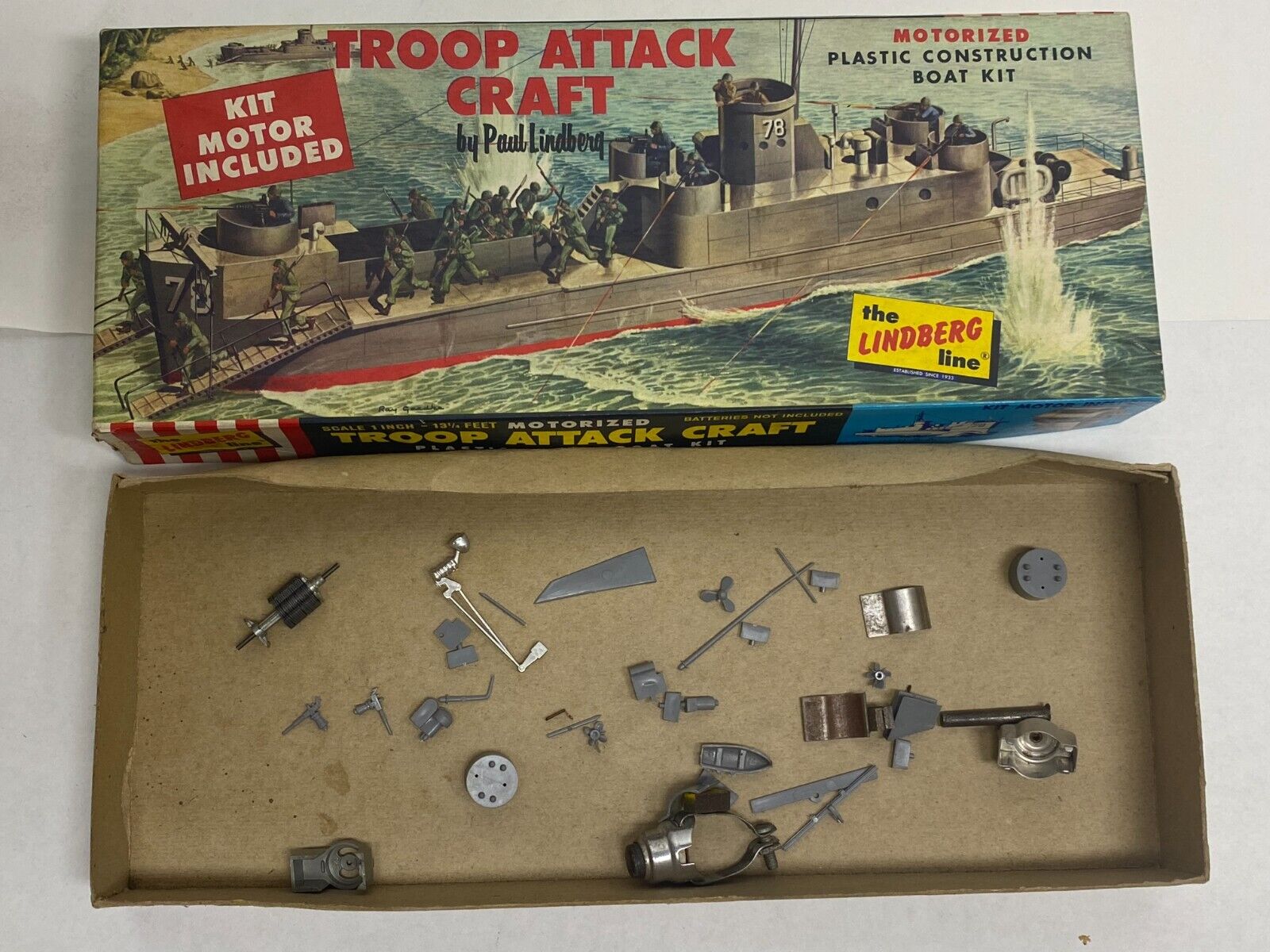-40%
WW2 BRITISH HEAVY CRUISERS EXETER (YORK)
$ 12.13
- Description
- Size Guide
Description
HMS Exeterwas the second and last
York-class
heavy cruiser
built for the
Royal Navy
during the late 1920s. Aside from a temporary deployment with the
Mediterranean Fleet
during the
Abyssinia Crisis
of 1935–36, she spent the bulk of the 1930s assigned to the
Atlantic Fleet
or the
North America and West Indies Station
. When
World War II
began in September 1939, the cruiser was assigned to patrol
South American
waters against German
commerce raiders
. Exeter was one of three British
cruisers
that fought the German
pocket battleship
, the
Admiral Graf Spee
, later that year in the
Battle of the River Plate
. She was severely damaged during the battle, and she was in the
shipyard
for over a year.
N
ameExeter Namesake
Exeter
Ordered 15 March 1928 Builder
Devonport Dockyard
,
Plymouth
Laid down1 August 1928Launched18 July 1929Commissioned27 July 1931Identification
Pennant number
: 68FateSunk during the
Second Battle of the Java Sea
, 1 March 1942, wreck destroyed by illegal salvagers 2014-2016.General characteristics (as built)Class and type
York-class
heavy cruiser
Battle of the River Plate
At the outbreak of the
Second World War
, she formed part of the South American
Division
with the heavy cruiser
Cumberland
, under
Commodore
Henry Harwood
. The ship, commanded by
Captain
Frederick Bell
, was assigned to Force G to hunt for German commerce raiders off the eastern coast of South America on 6 October 1939. Two months later, Harwood ordered Exeter and the
light cruiser
Achilles
to rendezvous with his own
Ajax
off the mouth of the
Río de la Plata
, while HMS Cumberland was refitting in the
Falkland Islands
.
[15]
The two other ships arrived on 12 December, and then the Admiral Graf Spee spotted the Exeter during the following morning.
[16]
Captain
Hans Langsdorff
decided to engage the British and closed at full speed. The British doctrine on how to engage ships like the Admiral Graf Spee had been developed by Harwood in 1936 and specified that the British force act as two divisions. Following this procedure, Exeter operated as a division on her own while Achilles and Ajax formed the other, splitting the fire of the German ship. They were only partially successful as the German ship concentrated her main armament of six 283-millimetre (11.1 in) guns on Exeter, and her secondary armament of eight 149-millimetre (5.9 in) guns on the light cruisers. Langsdorff opened fire on Exeter at 06:18 with
high-explosive
shells and she returned fire two minutes later at a range of 18,700 yards (17,100 m). The German ship
straddled
the British cruiser with her third
salvo
; shrapnel from the near misses killed the crew of the starboard torpedo tubes, started fires amidships and damaged both
Supermarine Walrus
seaplanes. After eight salvos from Exeter, Admiral Graf Spee scored a direct hit on 'B' turret that knocked it out of action and shrapnel from the hit killed all of the bridge personnel except three. Bell, wounded in the face, transferred to the aft conning position to continue the battle. His ship was hit twice more shortly afterwards, but her powerplant was not damaged and she remained seaworthy, although her aircraft had to be jettisoned.
[17]
At 06:30, Langsdorff switched his fire to the light cruisers, but only inflicted shrapnel damage on them before some of Exeter's torpedoes forced him to turn away at 06:37 to evade them. Her second torpedo attack at 06:43 was also unsuccessful. In the meanwhile, Langsdorff had switched his main guns back to the heavy cruiser and scored several more hits. They knocked out 'A' turret, started a fire amidships that damaged the ship's fire-control and navigation circuits, and caused a seven-degree
list
with flooding.
[17]
After "Y" turret had temporarily been disabled, Bell said, "I'm going to ram the --------. It will be the end of us but it will sink him too".
[18]
The turret was repaired and she remained in action until flooding disabled the machinery for "Y" turret at 07:30. At 11:07, Bell informed Harwood that Exeter had a single eight-inch and a four-inch gun available in local control, and that she could make 18 knots (33 km/h; 21 mph). Harwood ordered Bell to head to the Falklands for repair.
[19]
The ship was hit by a total of seven 283 mm shells that killed 61 of her crew and wounded another 23. In return, the cruiser had hit Admiral Graf Spee three times; one shell penetrated her main armour belt and narrowly missed detonating in one of her engine rooms, but the most important of these disabled her oil-purification equipment. Without it, the ship was unlikely to be able to reach Germany. Several days later, unable to be repaired and apparently confronted by powerful Royal Navy reinforcements (including HMS Cumberland), the Admiral Graf Spee was scuttled by her captain in the harbour of
Montevideo
.
[20]
Exeter made for
Port Stanley
for emergency repairs which took until January 1940.
[11]
She was repaired and modernised at
HM Dockyard, Devonport
between 14 February 1940 and 10 March 1941;
[21]
Captain
W.N.T. Beckett
was appointed to relieve Bell on 12 December 1940. Then, on 10 March 1941, the very day that Exeter was due to be recommissioned, Beckett died at Saltash Hospital from complications following exploratory surgery to repair poison gas injuries that he had received earlier in his career. His replacement was Captain
Oliver Gordon
.
[22]
To the Far East
Edit
Upon returning to the fleet, Exeter primarily spent time on ‘working up' exercises,
[23]
however she also conducted several patrols in northern waters, one on which she stopped in Iceland to refuel.
[24]
On 22 May she departed from Britain (for the last time as it would turn out), escorting Convoy WS-8B to Aden (Yemen) via Freetown and Durban, South Africa
[25]
(the beginning of which occurred at the very same time as the hunt for the
German battleship Bismarck
.
[26]
was taking place). Exeter henceforth became attached to the East Indies Squadron
[27]
(later redesignated as the
Far East Fleet
).
Exeter then stayed on escort duty in the Indian Ocean (primarily off the coast of Africa)
[28]
and the northern Arabian Sea (where she visited Bombay, India) until 13 October.
[
On that day Exeter departed Aden for
Colombo
,
British Ceylon
) via
Bombay
,
British India
arriving on 24 October. Exeter then spent several days in a graving dock and after undocking (on the 29th)
[
onducted exercises off
Upon return to Trincomalee (Ceylon) from the Maldives on 14 November, Exeter then departed for Calcutta on the 16th to cover a small two-ship convoy that left Calcutta for Rangoon (Burma) on the 26th and 27th.
[32]
After the successful completion of that duty she was then tasked to escort another ship from Calcutta to Rangoon on 6 December. However, during that convoy, on 8 December, Exeter was ordered to urgently proceed to Singapore
[33]
to reinforce
Force Z
, as the
Pacific War
had just begun. Exeter arrived at Singapore during the afternoon of 10 December,
[34]
too late to support
Repulse
and
Prince of Wales
as they had both been sunk earlier that day,
[35]
but some of the survivors from these two ships were treated in Exeter's
sick bay
.
[36]
Exeter thus returned to Colombo the next day (11 December)
[32]
and spent the next two months – until almost mid-February 1942 – escorting convoys (primarily from Bombay and Colombo)
[37]
bound for Singapore – which fell to the Japanese on 15 February.
[38]
During this time, in early 1942, Exeter was attached to the newly formed ABDA Command,
[27]
(
American-British-Dutch-Australian Command
) which came into being in early January in Singapore, but soon shifted its headquarters to Java in the Dutch East Indies (present day Indonesia).
Sunk at the second battle of the Java Sea
